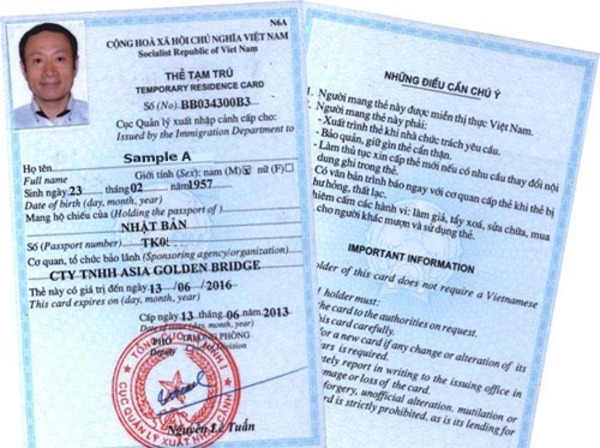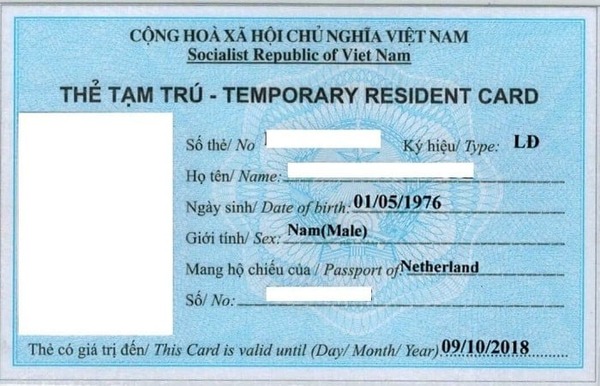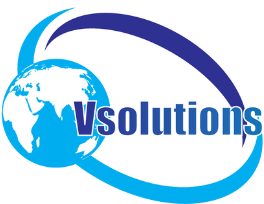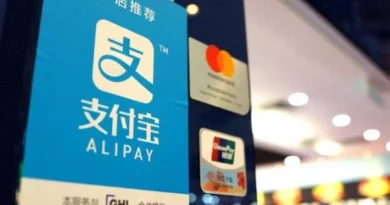Process and Benefits of the Vietnam Temporary Residence Card
Views: 93
For foreigners planning to stay in Vietnam for an extended period, one of the most important documents to secure is the Vietnam temporary residence card. Unlike a short-term visa, a residence card allows you to live, work, or study in Vietnam legally without the hassle of frequent visa renewals. Whether you are an investor, employee, or family member of a Vietnamese citizen, understanding the process and requirements for obtaining a temporary residence card (TRC) is essential.
This comprehensive guide will explain what a TRC is, who is eligible, the application process, and how it compares with other visa options such as tourist or business visas.

What Is a Vietnam Temporary Residence Card?
A Vietnam temporary residence card is an official document issued by the Vietnam Immigration Department. It functions as both an identification card and a long-term visa, granting foreign nationals the right to stay in Vietnam for one to ten years, depending on the category.
Unlike short-term visas, the TRC eliminates the need for frequent visa extensions, making it highly convenient for those with ongoing commitments in the country. Holders can also use it to travel in and out of Vietnam without repeatedly applying for new visas.
Benefits of a Temporary Residence Card
Foreigners often choose a residence card because of its long-term benefits. Before diving into the eligibility and process, it’s important to understand why it’s such a practical choice.
Some of the major advantages include:
- Extended stay without the need for multiple visa renewals.
- Multiple entries and exits without reapplying for a visa each time.
- Legal proof of residence, useful for business, banking, and leasing contracts.
- Convenience for family members of Vietnamese citizens or foreign workers.
These benefits make the TRC a preferred option for expatriates and professionals working in Vietnam.
Who Can Apply for a Temporary Residence Card in Vietnam?
Not every foreigner qualifies for a TRC. The Vietnamese government restricts issuance to specific categories of residents who have legitimate reasons for long-term stays.
Applicants may include:
- Foreigners working in Vietnam with a valid work permit.
- Investors contributing capital or establishing companies in Vietnam.
- Foreign lawyers practicing under licenses issued by Vietnam.
- Dependents (spouses, children) of TRC holders or Vietnamese citizens.
This targeted eligibility ensures that temporary residence cards are reserved for individuals with long-term professional, investment, or family ties to the country.

Validity Period of the Vietnam Temporary Residence Card
The length of validity depends on the applicant’s status and purpose of stay. Understanding this will help you plan your long-term stay effectively.
- 1 to 2 years: Typically granted to foreign employees with work contracts.
- Up to 3 years: For family members or certain professionals.
- Up to 10 years: For investors with significant contributions to Vietnam’s economy.
It is important to note that the validity of your passport must exceed the requested TRC period.
Application Process for a Temporary Residence Card
Applying for a Vietnam temporary residence card involves several steps. While it may seem complicated at first, the process is straightforward if you prepare all documents properly.
The general steps include:
- Prepare documents such as a valid passport, visa, work permit, investment certificate, or proof of relationship (for dependents).
- Complete the application form issued by the Vietnam Immigration Department.
- Submit documents at the Immigration Office in Hanoi, Ho Chi Minh City, or Da Nang.
- Pay government fees according to the requested duration of stay.
- Wait for processing—usually 5 to 7 working days.
Once approved, you will receive a TRC card, which serves as both your residence permit and travel visa in Vietnam.
Processing Time for a Temporary Residence Card
The Vietnam temporary residence card usually takes 5–7 working days to process once all documents are submitted. However, delays may occur during peak application periods or due to incomplete paperwork.
Applicants are strongly advised to double-check all documents and seek professional support if unsure. Agencies with expertise in Vietnamese immigration procedures can ensure faster approval and avoid unnecessary delays.

Difference Between a Temporary Residence Card and a Visa
Many travelers confuse the TRC with a long-term visa. While they serve similar purposes, there are key differences to consider.
- Visa: Short-term, typically ranging from 30 days to 1 year, requiring renewal or reapplication.
- TRC: Long-term, valid for 1–10 years, with far fewer administrative burdens.
If you only plan to visit Vietnam briefly, a visa may be enough. However, for foreigners with jobs, families, or investments in Vietnam, the TRC is the most practical solution.
When to Consider an Urgent Vietnam Visa
While the TRC is ideal for long-term residence, there are cases where foreigners—especially those who have not yet qualified for a TRC—need an immediate entry permit. This is when an urgent Vietnam visa becomes essential.
For example, business travelers or family members may need to arrive in Vietnam within hours or days. In such cases, fast-track visa services can provide approval in as little as 1–4 hours. Reliable agencies such as Entry Vietnam Visa specialize in urgent and same-day visa support, ensuring foreigners can enter Vietnam quickly while preparing long-term documents like the TRC.
Vietnam Visa for Canadian Citizens and Other Nationalities
While this guide focuses on Indian and other foreign residents, the process also applies to many other travelers. For example, obtaining a Vietnam visa for Canadian citizens involves similar procedures. Canadians must apply for an e-visa, visa on arrival, or embassy visa, depending on their travel plans.
Like Indians and other foreign nationals, Canadians who intend to stay longer than 30–90 days should consider applying for a temporary residence card once eligible. This ensures legal long-term stay and avoids repeated visa renewals.
Tips for a Smooth Application Process
Applying for a TRC requires careful preparation. To increase your chances of a smooth approval, keep the following tips in mind:
- Check eligibility early before preparing documents.
- Ensure your passport validity exceeds the requested TRC duration.
- Keep copies of work permits or investment licenses ready for submission.
- Seek professional help if unsure—agencies can simplify the process and reduce errors.
- Apply for an urgent visa first if your immediate travel date is approaching, then transition to a TRC application after arrival.
By following these steps, you can avoid common mistakes and secure your residence card faster.
The Vietnam temporary residence card is a vital document for foreigners who plan to stay in Vietnam for extended periods. It offers convenience, multiple entry benefits, and long-term legal status without constant visa renewals. While the application process requires preparation, it is manageable with the right documents and support.
For those who need to travel on short notice, an urgent Vietnam visa can serve as a temporary solution while waiting to apply for the TRC. Similarly, foreign nationals such as those seeking a Vietnam visa for Canadian citizens should understand both short-term and long-term options to make informed decisions.
To simplify the process, travelers can rely on agencies like Entry Vietnam Visa, which provides professional support for both urgent visas and residence card applications. With the right preparation, your journey and long-term stay in Vietnam will be smooth and stress-free.




